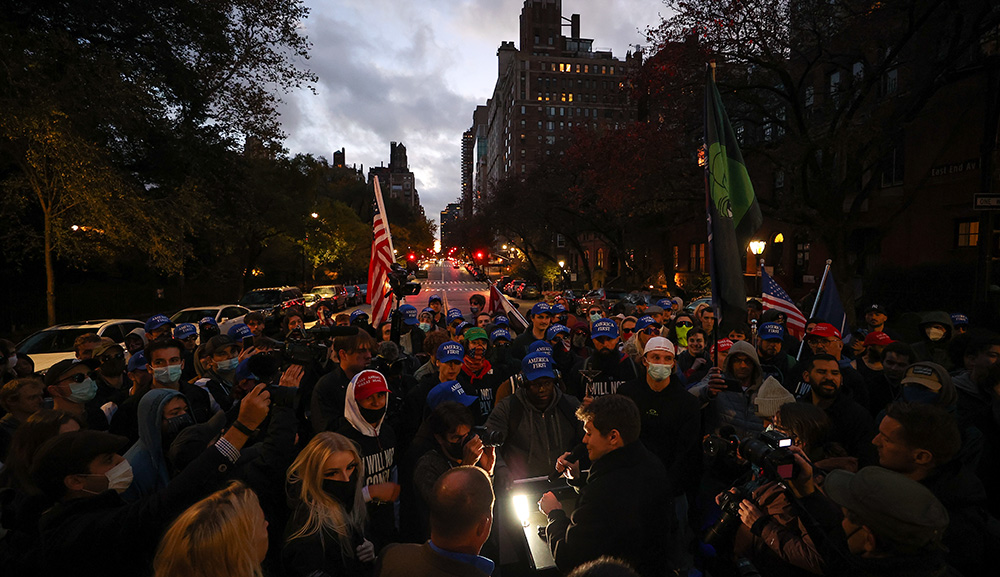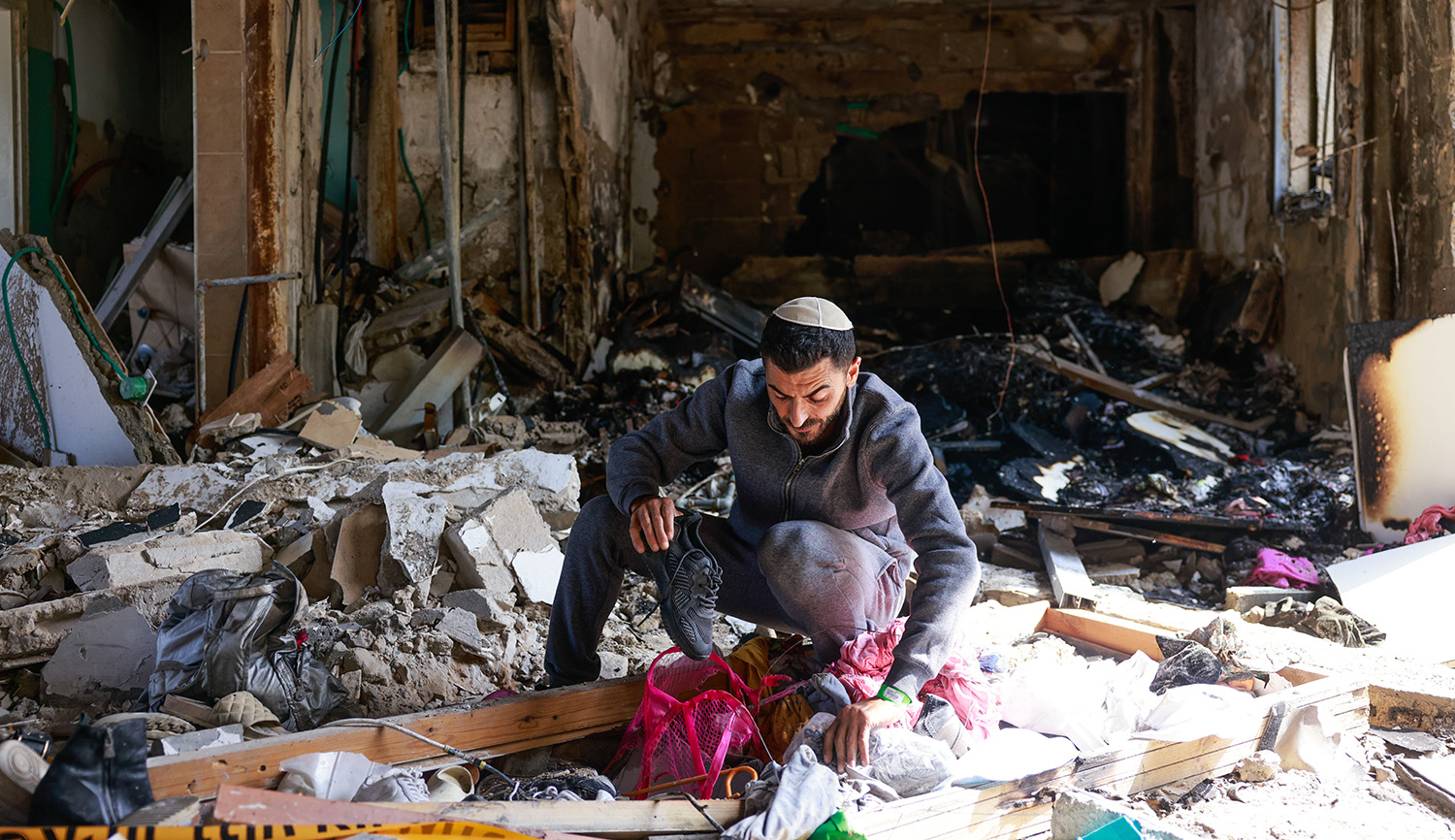Last fall, the Argentinian Jewish tennis player Diego Schwartzmann won a stunning victory over the two-time champion Rafael Nadal at the Italian Open, and is now ranked as the ninth-best player in the world. Rick Marin notes that in “a sport increasingly dominated by NBA-height goliaths, . . . Schwartzman is an unlikely, and likable, David.” Moreover, Marin writes:
he’s unapologetic about his Judaism, from his bar mitzvah onward. “I am Jewish and in Argentina . . . all the [Jewish] people there know me,” he has said. He’s the descendant of Holocaust survivors on both sides, including a grandfather who made a daring escape from a train headed for the camps. . . . If he were to win Wimbledon, the Australian, U.S., or French Opens, he’d be the first Jew to win one of tennis’s four most prestigious events in four decades.
Marin, taking the occasion to survey the history of Jewish tennis-playing, notes:
Anti-Semitism did crush careers. The Russian-born Daniel Prenn fled the pogroms to Berlin and was the Weimar Republic’s top player until the Nazis forced his expulsion from the prestigious Rot-Weiss club and announced, “The player Dr. Prenn (a Jew) will not be selected for Davis Cup in 1933.” He moved to England, where Michael Marks (the Polish Jew who co-founded Marks & Spencer’s) let him play on his private indoor court, but his career had effectively ended. A similar fate met Ladislav Hecht, a self-taught Czechoslovakian player who rose to number 6 in the world and won the title at the first Maccabiah Games in 1932. He escaped to the United States three days before the Nazis invaded his homeland.
Through the 1960s, tennis remained a restricted WASP domain. Hence the rise of Jewish country clubs like the one Philip Roth employed as a cultural signifier in Goodbye, Columbus. . . . Schwartzman himself learned to play at the Hacoaj JCC club in Buenos Aires, founded in 1935 as the “Club Náutico Israelita” (“Israelite Rowing Club”) for Jews barred from the city’s other sports facilities.
More about: American Jewish History, Argentina, Philip Roth, Sports


